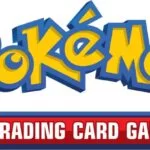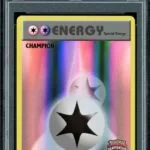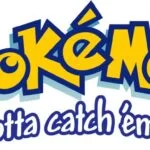How To Read A Pokémon Card
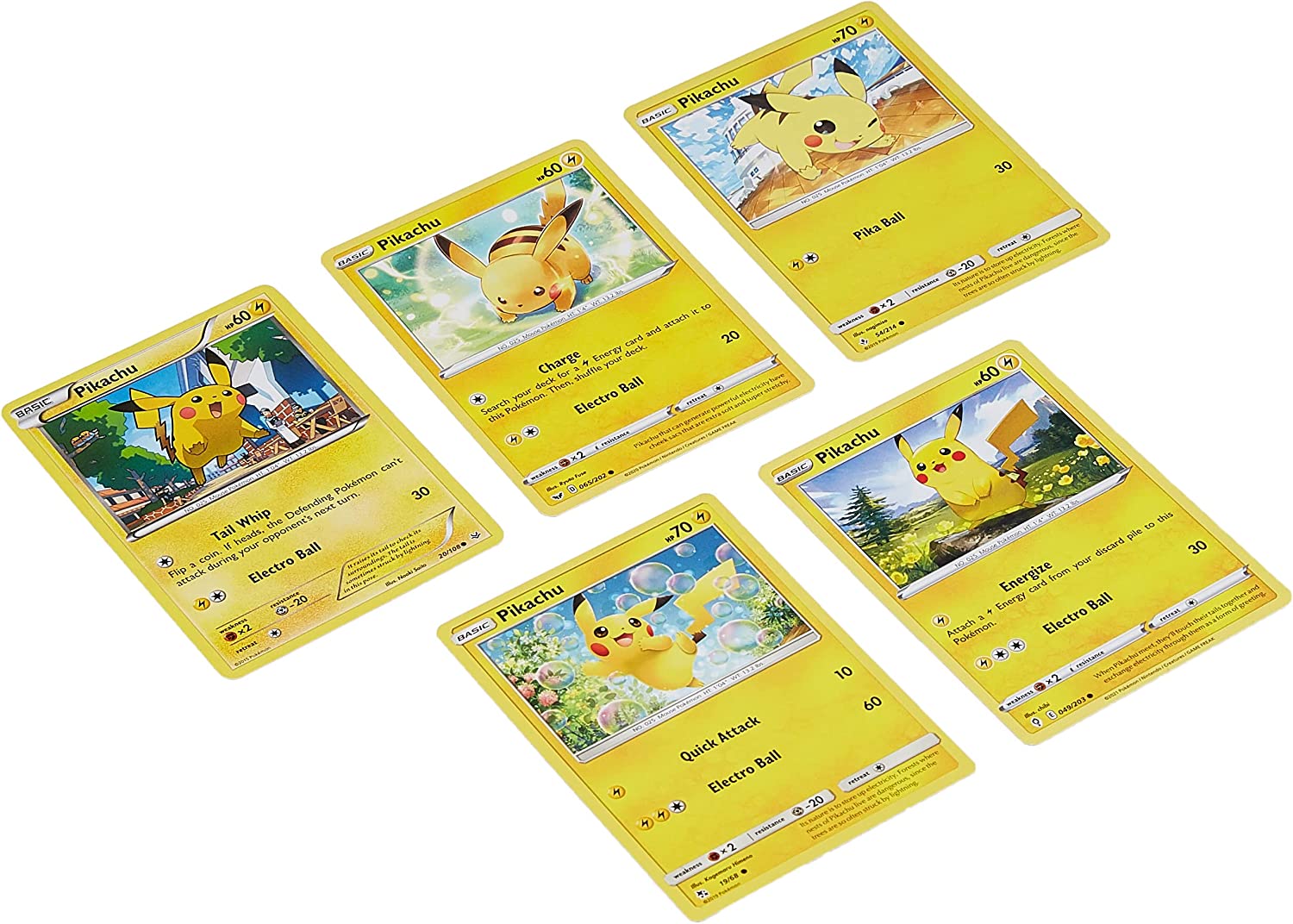
Whether you’re new to the Pokémon world or a seasoned anime fan, getting into trading card games can prove to be quite difficult. Not only is the game riddled with complex rules and technicalities, but reading the playing card, which is the first step to understanding, is equally tricky.
There’s a lot of information on a Pokémon card, and if you don’t know what you’re looking at, a lot of it will slip past you and you’ll end up playing the game incorrectly.
This article will cover everything you need to know about reading a Pokemon card, such as how to tell what type it is, how much energy a Pokémon requires, and how to determine the rarity of a card, among other things.
What Types Of Pokemon Cards Are There?
Character, Energy, and Trainer cards are the three types of cards found in any given deck in the Pokémon ecosystem.
- Character Cards
Character Cards, also known as Pokémon Cards, attack the opponent’s cards. They are among the most powerful cards in the Pokémon TCG and can only be found in booster packs.
These cards are based on the game, but unlike the game, which has 18 types, there are only 11 types of Pokémon cards:
- Grass,
- Water,
- Lightning,
- Fire,
- Fighting,
- Colorless,
- Psychic,
- Metal,
- Darkness,
- Fairy,
- and Dragon.
However, Fairy cards were retired following the release of the Sword & Shield expansion in February 2020.
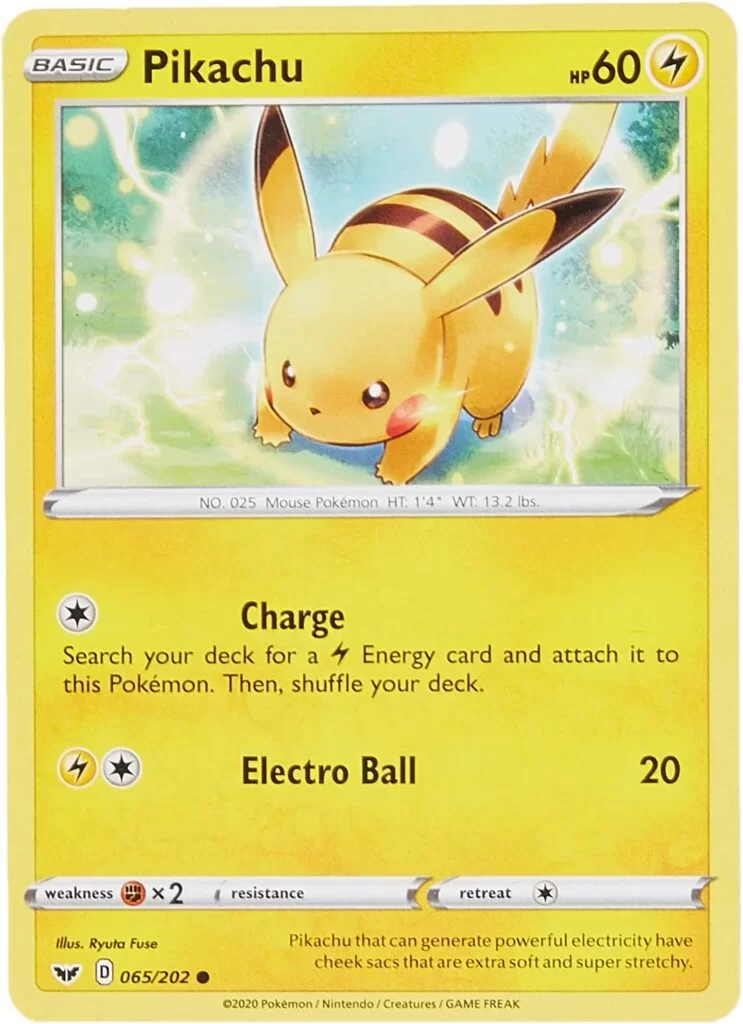

- Energy Cards
These cards only serve to boost your attack in the game. They are further divided into two types: Basic Energy cards, which are found in every pack, and Special Energy cards, which, as the name implies, give your Pokémon a special boost depending on the type of your Pokémon.
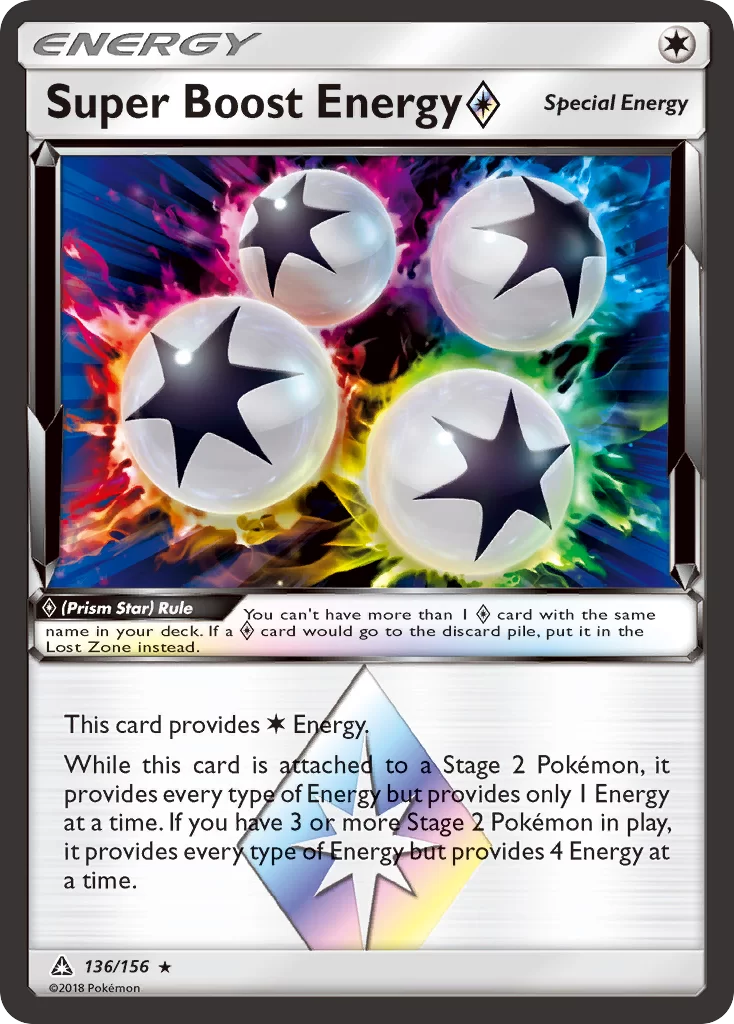

- Trainer Cards
These cards do more than just support your game; they allow a player to go through their cards and use special effects like supporters, items, and stadiums. Trainer Cards may have special rules that must be followed before they can be discarded, as indicated at the bottom.
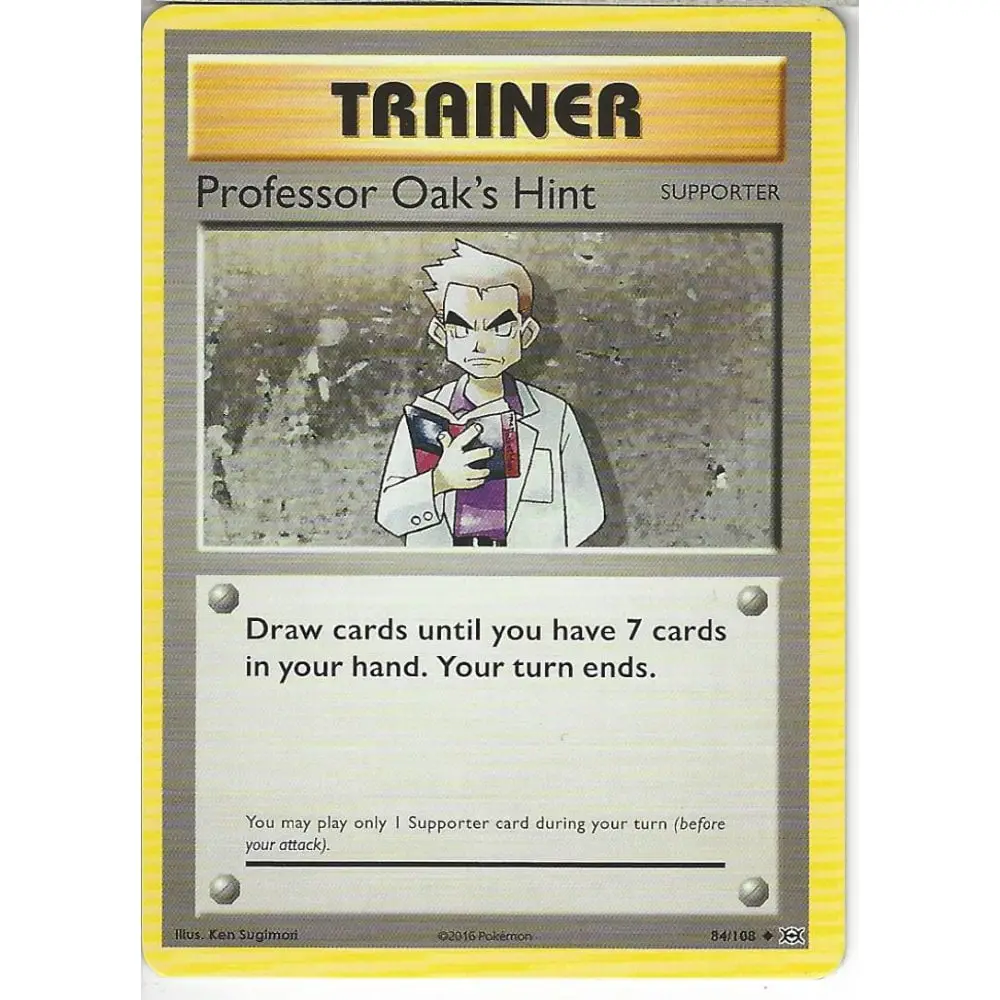

What Do The Numbers On Pokémon Cards Mean?
Every Pokémon card has two tiny variables written in the format X/Y at the bottom, just next to the rarity symbol. This may appear to be a minor detail, but it contains important information about the card.
The first variable (X) indicates the card’s position in the specific set, while the second variable (Y) indicates the total number of cards in the set. So, in a deck of 60 cards, the first card is numbered 1/60.
The number on a card does not represent its rarity unless the X variable is greater than the Y variable, in which case you have a secret rare.
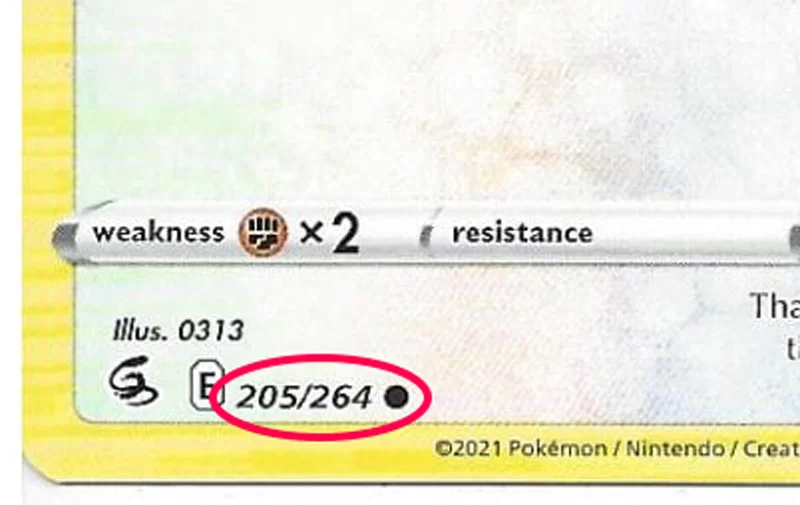

What Are The Symbols On Pokémon Cards?
Pokémon cards are pretty informative. Each one contains a significant amount of detail that ensures the gameplay is simple to understand and as close to the anime as possible.
However, if you are unfamiliar with the various symbols and information, they can be overwhelming.
Every card has the stage of the card and the precise Pokémon you need to evolve it, followed by the name of the Pokémon. In some of the early releases, the name comes before the stage.
The card’s HP (Hit Point) is shown in the upper right corner, and it influences how healthy your Pokémon will be throughout the game. Near the HP is the relevant symbol for the type of card you’re holding. For example, if your card is a Dragonite, it will have the dragon symbol, and so on.
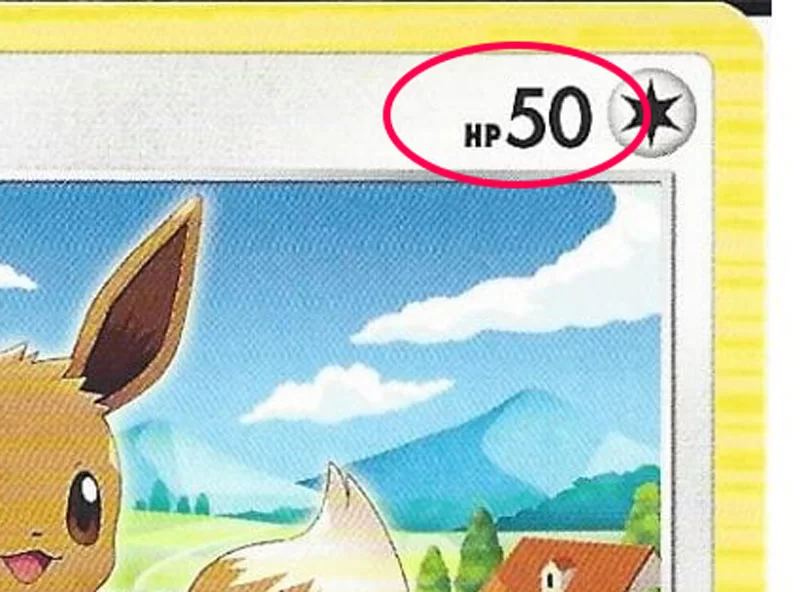

The Pokémon’s skills and special effects are then listed in the information area in the center of the card. The name of the attack(s), the amount of damage they cause, and the type of energy required to carry out each one are all listed here. Below this, you’ll find secondary information regarding each attack, such as the aftereffects and/or conditions for executing it.
Following these are the Weakness, Resistance, and Retreat (if any), each with its amount of effect.
The set symbol, which identifies the set from which the card is selected, appears first at the bottom of the card, followed by the card number, which appears in the bottom right corner for old cards and the bottom left corner for newer ones. The rarity symbol is then displayed last.
What Are The Stages?
Evolution is a crucial aspect of the Pokémon universe. It happens in trading card games just like it does in anime. It not only strengthens Pokémon but also expands their move pool.
In addition, some Pokémon characters can only be obtained through evolution. Pokémon evolves in stages, which are as follows:
- Basic
This is the basic, unevolved form of Pokémon. Baby Pokémon are permitted to be played on the field.
After reaching a certain level of battle with other characters and trainers, and possibly being traded a few times, a Basic Pokémon evolves into a Stage One, and if it’s the right one, a Stage Two.
To be playable, every deck must contain at least one Basic Pokemon.
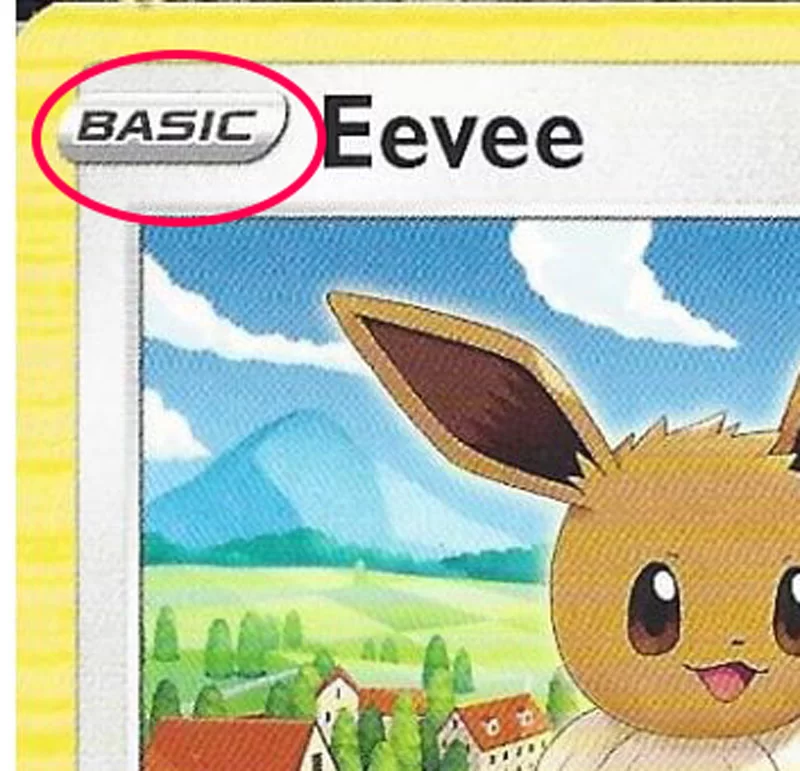

- Stage One
The first form of evolution. Stage One characters have more HP and are more powerful than Basic characters. They cannot, however, be played directly to the field and must therefore be played in their basic form.
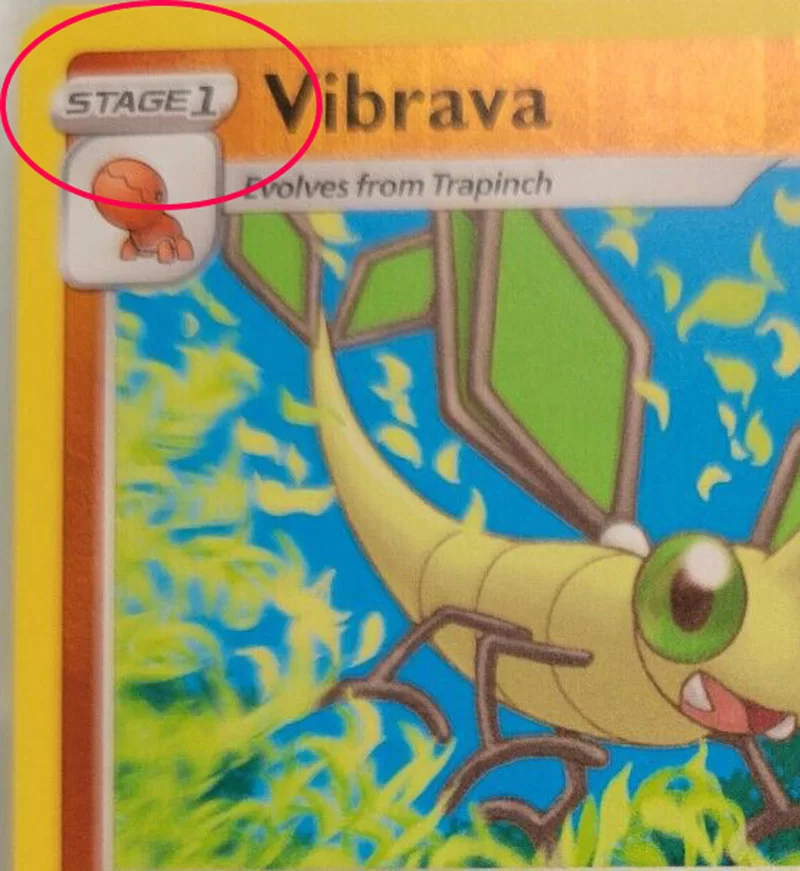

- Stage Two
The Pokémon’s ultimate and most evolved form. This, too, cannot be played directly but must be played in Stage One form. Some Pokémon are two-stage characters and do not advance to stage two. That is, from their basic, unevolved form, they have only one evolution form.
These Pokémon may have multiple characters in their evolution family, but they can only evolve into one of them. Tyrogue and Eevee are popular two-stage Pokémon with large families.
Every card’s evolution stage is indicated in the upper left-hand corner, usually before or after the card name. You’ll find out whether the character is in its basic or evolved form here.
- Baby Pokémon
This is a subset of the Basic stage with lower HP, a smaller size, and the inability to breed. It debuted in the Pokémon universe alongside the Neo Genesis family. When it evolves into Basic, the basic character is considered an evolved Pokémon.
Does The Colour Of The Card Mean Anything?
The colors on Pokémon cards represent the different types of energy. In Pokémon TCG, there are 11 different types of energy, each with its color that qualifies it. The Energy types, as well as their colors and effects, are highlighted below:
- Grass (Green) – Self-healing attacks and poison opponents.
- Fire (Red) – Provides energy for large attacks and burns opponents, but requires time to build.
- Water (Blue) – Energy Manipulation, and control of the field.
- Lightning or Electric (Yellow) – Recycles and accelerates energy, and also paralyzes opponents.
- Psychic (Purple) – Special Conditions.
- Fighting (Orange) – Takes big risk to inflict extra damage, and coin flipping to execute combination hits.
- Darkness (Black) – Makes opponents discard cards.
- Steel or Metal (Grey) – Resists opponent attacks for a longer period than others.
- Fairy (Pink) – Reduces the effectiveness of the opponent’s attacks.
- Dragon (Brown) – Very powerful attacks, but requires the use of two or more energy types.
- Colorless (White) – Can be used with any deck and has a variety of moves and strategies.
What Are the Rarity Symbols?
Every Pokémon card has a rarity level that indicates how easy it is to find one in a pack of cards. The rarity of a card determines its value.
There are three rarity symbols: Common, Uncommon, and Rare, and they are usually displayed at the bottom of the card, right next to the card number.
- Common cards have a black circle and are the least rare type of cards.
- Uncommon cards have a black diamond and are the second least rare cards you can get.
- Rare cards have a black star and are the rarest of all cards.


Rare cards are further divided into different types because, while they are all rare, they have different levels of rarity as well as other characteristics that distinguish them. They all have the black star, but each one has unique features. The four different kinds of Rare Pokémon are listed below.
- Rare Holo: the images on the cards are black and shiny holofoil.
- Reverse Holo: the image’s frame is holofoil, but the image itself is not.
- Full Art Holo: the entire card is holofoil.
- Ultra Rare: cards have unique game mechanics and extra abilities. GX, V, VMAX, EX, Prime, and Legend Secret are a few examples.
- Secret Rare: These are specially numbered. The X variable is usually greater than the Y variable.
Some cards, however, do not have rarity symbols. These are found in Basic Energy cards and promotional sets and are identified by a black star with the word “PROMO” across it.


What Do ‘Weakness’, ‘Resistance’, and ‘Retreat’ Mean?
- A Pokémon card’s “Weakness” indicates that it is vulnerable to attacks from the specific card to which it is weak. That is, if a Pokémon is vulnerable to a specific type of card, it will take more damage whenever it is attacked by that card.
While most Pokémon only have one weakness, some have two, such as the Aggron EX and other Pokémon-EX sets released in the EX Sandstorm expansion.
Some, such as the Togepi in the Neo Destiny Expansion set, have no weaknesses.
Weaknesses were originally set to X2 damage multiplier, but variables (+10, +20, +30, etc.) are now being used.
- A Pokémon’s “Resistance” refers to its ability to withstand an attack. It is the polar opposite of “weakness.”
This means that if a Pokémon is resistant to a particular type of card, it will take less damage when attacked by a Pokémon of that type.
This feature is not particularly common (most cards do not have it), but it can be found on a few cards on occasion. Resistances were initially -30, but have since been reduced to -20.
- Retreat or Retreat Cost is the amount of energy that must be discarded from a Pokémon to retreat an active Pokémon to the bench. When a card has retreated, it must be replaced by another card from the bench. Retreat costs are printed on the card and can range from 0 to 5 energy. 0-energy retreats are also known as “free retreats.”
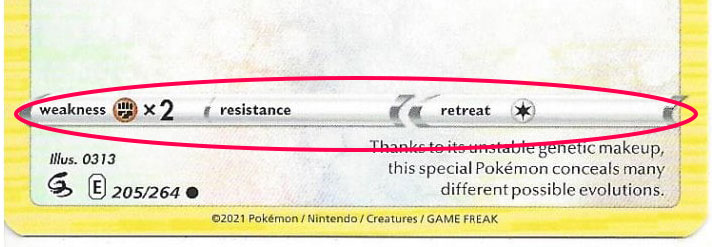

How To Tell A Fake Card From A Real One
With so many Pokémon characters and cards available, and the recent boom in the trading card game, it’s only natural that interest in the Pokémon universe will grow. And so has the number of counterfeit cards on the market.
Distinguishing a fake card from an original may be quite difficult at first, but with constant practice, it becomes easier. Here are some ways to spot a fake card.
- The Back Side Of The Card
The Pokémon artwork can be found on the back of each Pokémon card. The red and white Pokeball is surrounded by a blue painting, and the name Pokemon is written on it.
Fake Pokémons typically have a different (lighter) shade of blue and will only have one shade. Genuine cards use different shades of blue and appear more vibrant.
Indeed, The Card Bazaar claims that this alone can identify at least 80% of fake cards.
- Orientation
Another way to identify a fake card is to examine the placement of the illustration on the card. Pokémon cards have a yellow border frame that surrounds everything designed on the front page.
Fake ones are frequently placed off-center or with a tilt so that the yellow band is wider on one or two sides than the others.
- Spelling and Font
Fake Pokémon cards frequently use fonts that differ from those found on genuine cards. Not only can they be different styles, but they can also be different sizes, smaller or larger.
Before purchasing a Pokemon card, it is best to compare it to an original, preferably of the same Pokemon.
Misspelled words, omitted letters, incorrect punctuation, unspaced words, and almost certainly, the omission of the accent in Pokémon spelling are also common among fake cards.
- Colour
The color of a card can also be very helpful in determining its authenticity. Fake cards typically have dull colors, and color schemes are not always accurate.
- Energy Symbol
Surprisingly, this is another fairly common error in counterfeit Pokémon cards. Energy symbols are frequently misplaced or of varying sizes. Some will be different colors, while others will not have any at all.
- Damage
If a card is from the official Pokemon factory, it will be in excellent condition. The condition of a card greatly influences its value, especially if you intend to resell it.
You should inspect any pack you’re buying or trading to ensure that it’s in good condition before investing in it, especially if you’re buying second-hand.
It’s not unheard of for those that produce these fake cards to damage them a little bit, for them to look like slightly used ones.
Final Words
Now that you know how to read a Pokémon card, dive right in, grab a deck of cards, and put what you’ve learned to use!

